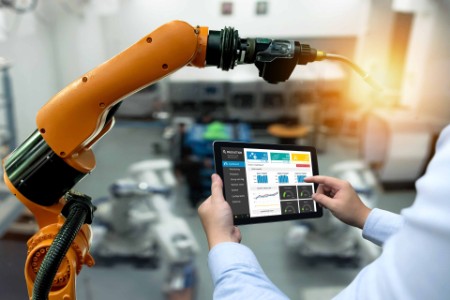Automation requires engagement from staff in the short term and a longer term plan to reimagine your workforce
While automation changes the way a process works, it is the workers who run the process, and understand it in enough detail to allow automation to occur. All change programmes encounter a degree of resistance from those impacted.
There are two main things for business leaders to consider when undertaking an automation:
- What is my change management approach? How will I communicate and keep my staff engaged?
- What is my people strategy; what is my talent strategy, how do I need to change my organisation structure and what skills and behaviours will my people need in the future?
Change management
Change management is important for two reasons, firstly staff understand the process and will need to pass this information to the developers and secondly, they will need to understand how to utilise the new system.
It is important for an organisation to recognise the importance of a supportive workforce for a successful deployment. When considering which processes to automate, leaders can review the likely benefit but need to factor in the local team’s support for automation in their decision-making.
People Strategy
An automation programme should release staff capacity to focus on value-add tasks, while also providing an opportunity to develop new skills. It can also reduce the reliance on contractor support, leading to a rebalancing of the workforce towards internal staff.
Focus on value add tasks
By utilising automation, organisations can free up FTE of manual effort allowing staff to focus on areas of value such as customer service and reviewing compliance.
Upskilling staff
When driving automation through a central CoE organisations can also take a bottom-up approach, encouraging its workforce to implement their own small-scale automations. By providing training to staff to upskill them on RPA for example, organisations can gain greater benefits and engagement.
Reducing reliance on contractors: Updated systems using RPA often has the benefit of boosting staff availability and when reducing the reliance on contractors, cost savings can be achieved.
Automation presents an opportunity to change the nature of an organisation’s workforce, upskilling staff, focusing them on value-add work and reducing reliance on third parties. Staff will welcome these benefits if a clear change management strategy is followed which engages them and makes them want to drive the change.


